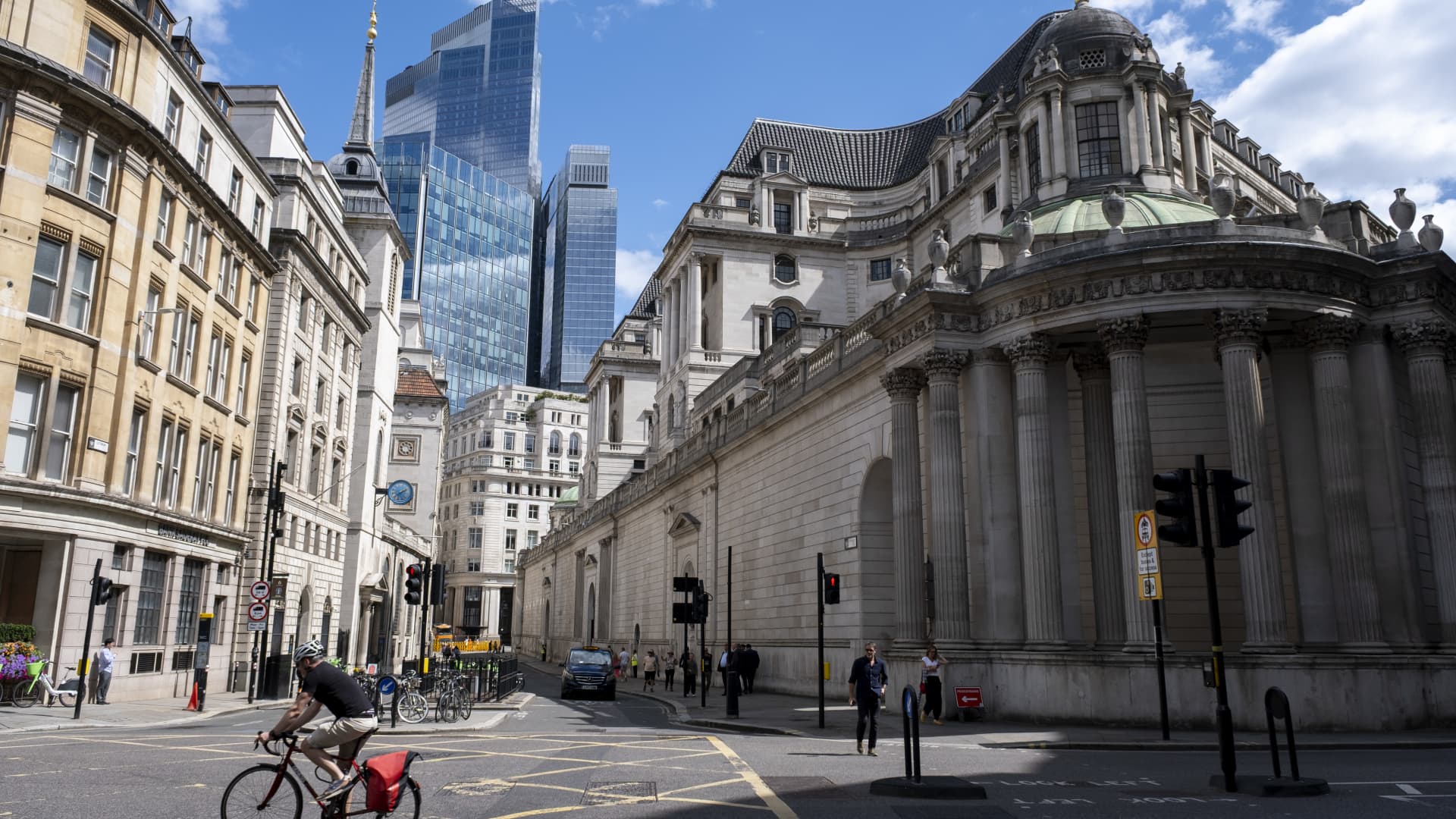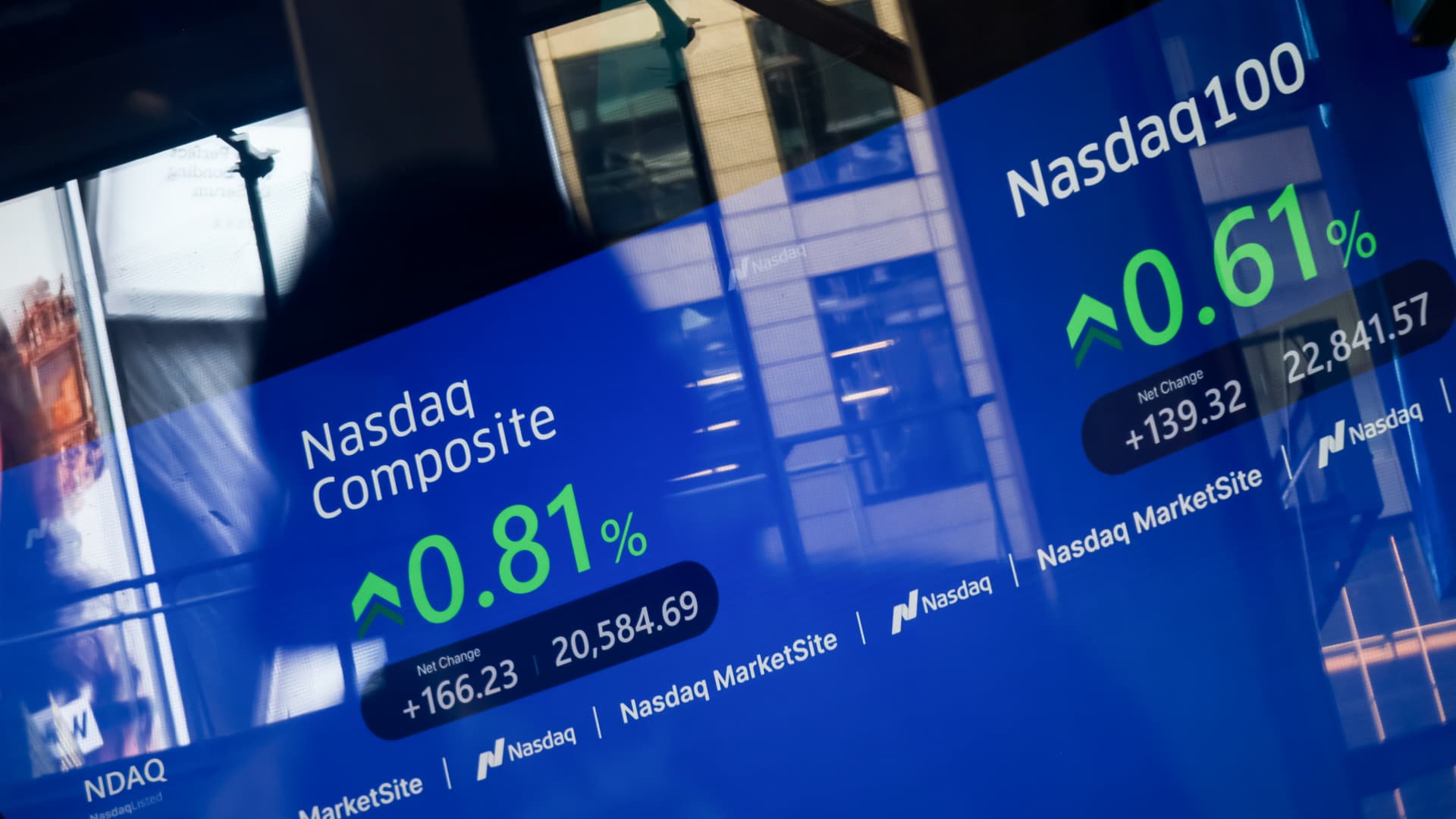Private equity investors want their money back — but it’s tied up in ‘zombie funds’

Private equity firms are struggling to sell the companies they own — and that’s locking investors’ money in aging funds with no clear exit in sight. After years of booming deal activity following the global financial crisis of 2007-2009, the PE industry is now in a holding pattern. Managers are sitting on a growing number of unsold companies with delayed exits. PE firms typically sell their portfolio companies through various exit routes such as trade sales to strategic buyers, secondary sales to other PE firms, and public listings via initial public offerings, allowing them to return capital and profits to limited partners (LPs), who are private equity fund investors. A zombie fund is one of those funds that … might still have four or five companies they can’t sell. So the fund is just kind of hanging around. Johns Hopkins Carey Business School Jeff Hooke However, PE firms are buying and investing in more companies than they can offload them — which means investors are trapped in aging funds or waiting longer for their returns. The ratio of PE investments to exits has jumped from 2.6x in 2024 to 3.14x in 2025, the highest in a decade, as firms continue to delay sales, recent data from PitchBook showed . This means that for every company PE firms manage to sell, it is buying about three new ones. PE funds typically have a finite duration of 10 years. “This means investors need to get their money back after 10 years. But that’s not happening,” said Jeff Hooke, adjunct instructor at Johns Hopkins Carey Business School. “Now the funds are going out 15 or 16 years, and the investors are getting impatient. They want their money back,” said the professor, who worked for more than 30 years as an investment banker and private investment executive. Zombie funds The slowdown has a side effect: the rise of “zombie funds” — private equity vehicles that exist but have little hope of fully exiting their investments or raising new capital. According to Coller Capital, zombie funds are funds that are not able to realize their investments or raise successor funds — yet still collect fees from LPs. “A zombie fund is one of those funds that … might still have four or five companies they can’t sell. So the fund is just kind of hanging around,” Hooke said. Managers may have moved on to new vehicles while continuing to babysit a handful of aging assets. “It’s not moving forward, it’s not moving backward. It’s just sort of sitting there.” A growing number of private equity investors are seeing their capital locked in so-called “zombie funds,” a 2024 survey by the secondaries asset manager showed . Nearly half of the institutional investors surveyed — including pension funds and insurers — said they were already exposed to funds with little chance of exiting investments or raising new capital. “This is the second time in the last five years or so that the exit environment has been in this wait-and-see mode,” said Kyle Walters, a PE analyst at PitchBook. “LPs were much more understanding the first time around … but this time, you see fewer patient LPs,” he told CNBC, adding that LPs are opting to sell off portions of PE portfolios to secondary funds as they opt for cash rather than wait further. According to PitchBook, 54.7% of all active PE funds globally are now six years or older, higher than the 52.2% at the end of 2024 — a sign that fund timelines are stretching well past the norm. For portfolio companies, in the U.S. at least, the median age of active PE-backed portfolio companies is 3.8 years, the highest level since 2011. What’s behind the exit freeze The exit slowdown began as early as 2022 but accelerated after April 2 when the Trump administration announced sweeping “reciprocal” tariffs that jolted financial markets, market watchers said. The uncertainty that followed created a murky outlook for buyers and sellers alike. “The drought in exits really took shape post-Liberation Day,” Walters said. The policymaking volatility has left many PE firms in a wait-and-see mode, looking for greater clarity before bringing assets to market, he explained. Harold Hope, global head of secondary investing at Goldman Sachs Alternatives, said the core issue is a “valuation gap” between what PE managers think their companies are worth and what potential buyers are willing to pay. “While very high-quality companies may still demand premium prices, many other companies are subject to this valuation gap. Buyers and sellers are not seeing eye to eye,” he said, explaining that the trend began after 2021, when buyers became more conservative as interest rates rose, among other factors. At the same time, higher interest rates and sluggish IPO markets have curtailed traditional exit routes, particularly in the U.S. and Europe, where the bulk of PE activity takes place, according to the industry veterans CNBC spoke to. “With a lack of strategic buyers, the dead IPO market here [especially] in the United States, firms are left with the third alternative, which is selling to themselves via a continuation fund, or selling to other private equity funds,” Hooke said. “It may never see the IPO market or strategic buyer for, you know, 15-20 years.” Other alternatives: continuation vehicles General partners, who are the people or firms managing the private equity funds, are looking to alternative liquidity strategies. For one thing, continuation funds have grown increasingly popular in recent years . Those vehicles allow firms to “sell” a portfolio company to a new fund they also manage, giving existing LPs the choice to cash out or roll over their stake. Goldman Sachs’ Hope noted that continuation vehicles provide a way to generate liquidity in an environment when the fund manager may not want to — or can’t — sell the entire business at a value that they believe is appropriate, he said. But while continuation funds remain an option, LPs are also growing more impatient and unwilling to participate or accommodate, said Bill Matthews, cofounder of BraddockMatthews, now BraddockMatthewsBarrett. “Particularly as GPs regularly extend investment periods.” The exit drought has also led some private equity managers — especially smaller or mid-sized firms — to explore alternative strategies, including allocating more toward public markets. “Rolling up and constantly putting equity into larger and larger deals is not something that we find relatively attractive going forward,” said Jonathan Hahn, investment analyst at private markets investment firm NorthStar Capital. “It’s an unsustainable practice… especially with business owners wanting to eventually pull out the equity and actually have it as cash.” Instead, Hahn is leaning into the public market opportunity, adding that the firm has launched a new public equities fund because of the recent ramping up of activity within the space. He also observed that PE’s sheen may be starting to wear off, noting that some investors are asking themselves: Why would I go into the private markets when I can get the same or better return in public markets and have better liquidity? For larger private equity firms like KKR and Apollo, the pressure is far more manageable. “They’ve done really, really well,” said Hahn. “They still have a consistent cash flow, but a lot of that is from diversifying their investments.” It’s the smaller, mid-market firms that are more exposed. “They rely on those deals for cash,” Hahn added. “If you can’t close, that means it’s a tough conversation with your investors.” But despite the turbulence, capital is still flowing into private equity. Unlike exit activity, which has slowed, deal activity remains healthy, fueled by a still-sizeable $1.6 trillion in global dry powder, data from PitchBook showed. “There is some slowdown in the money that’s been raised,” Hooke acknowledged, “but still tens and, well, hundreds of billions.”
[title_words_as_hashtags




